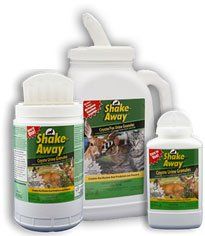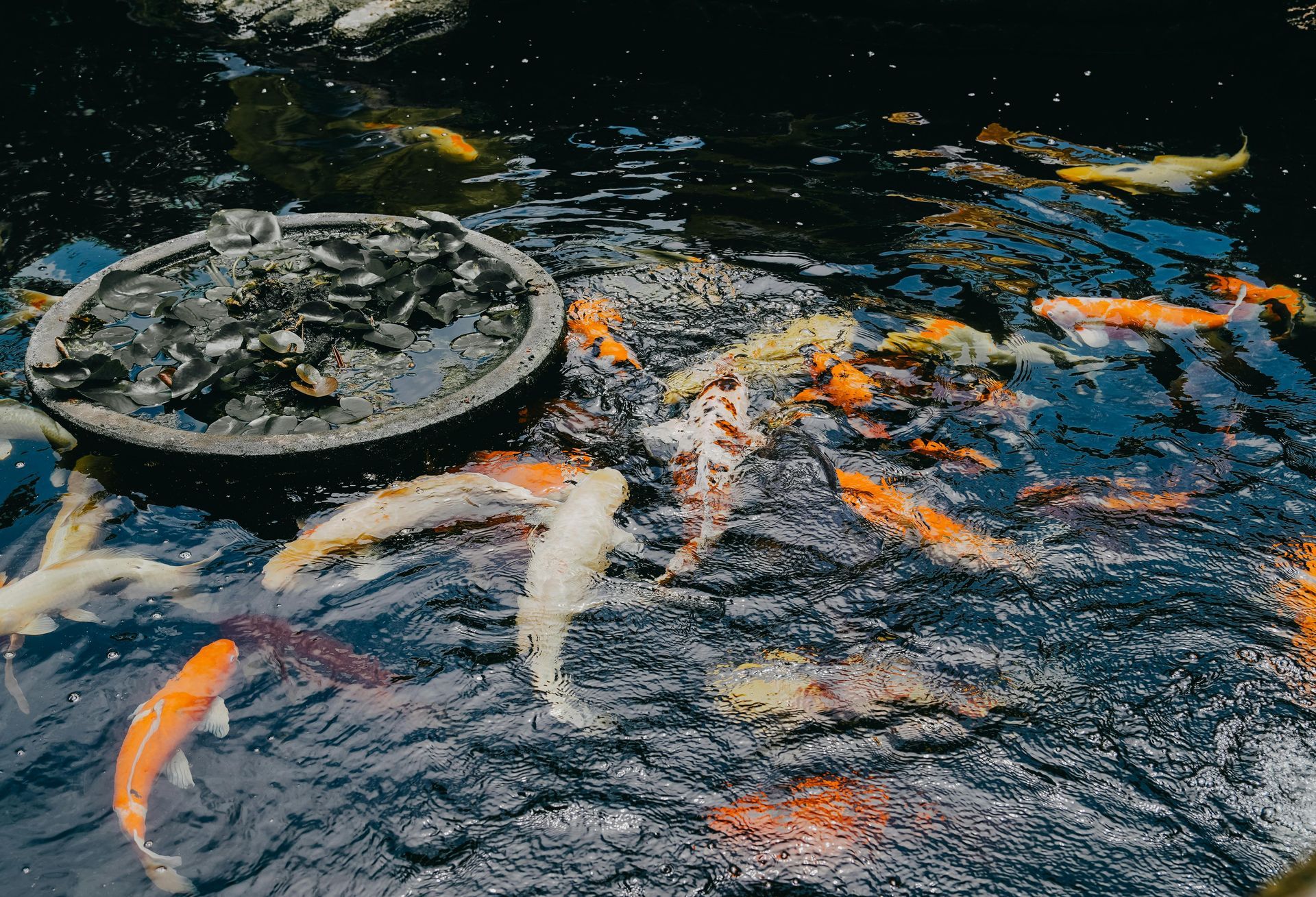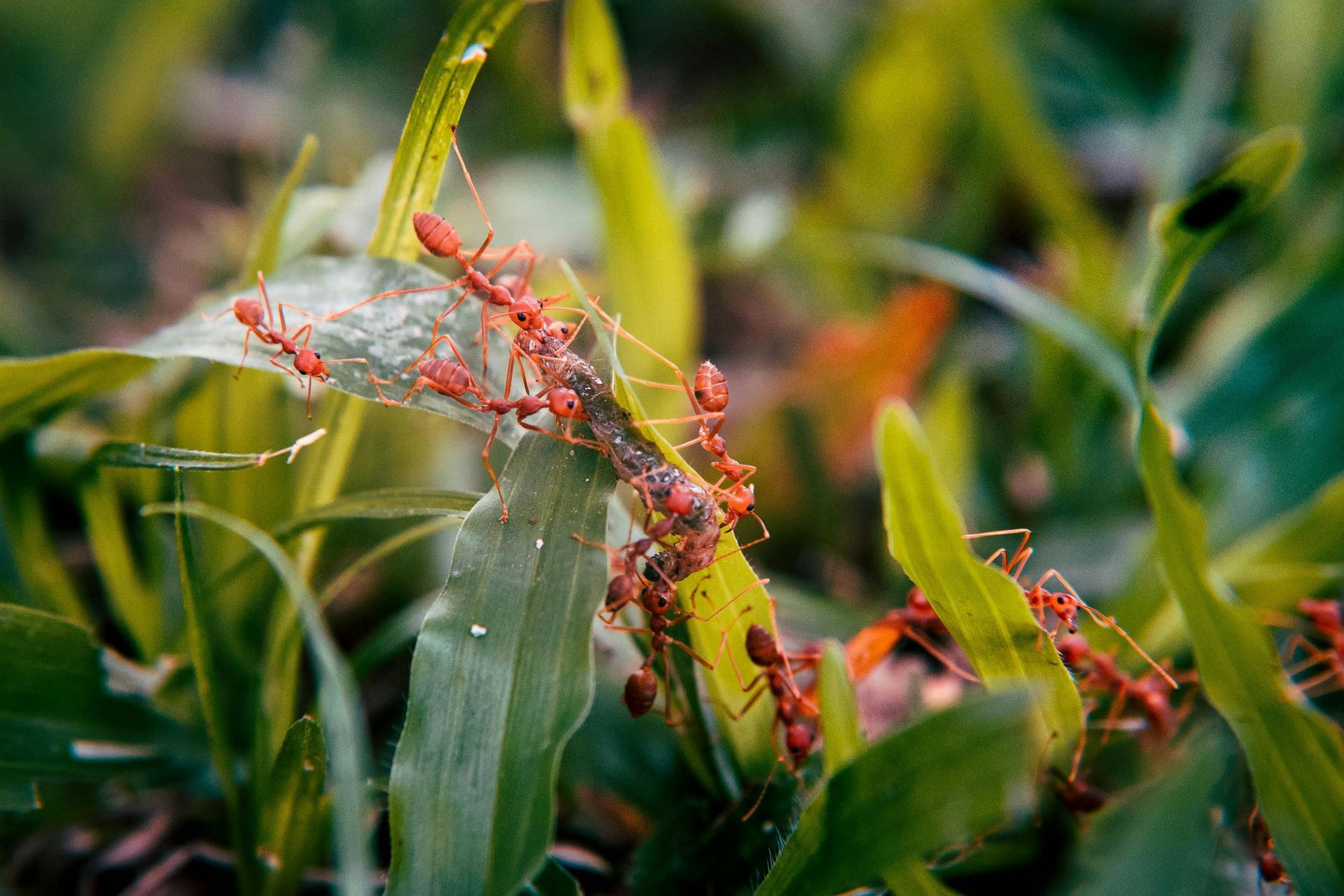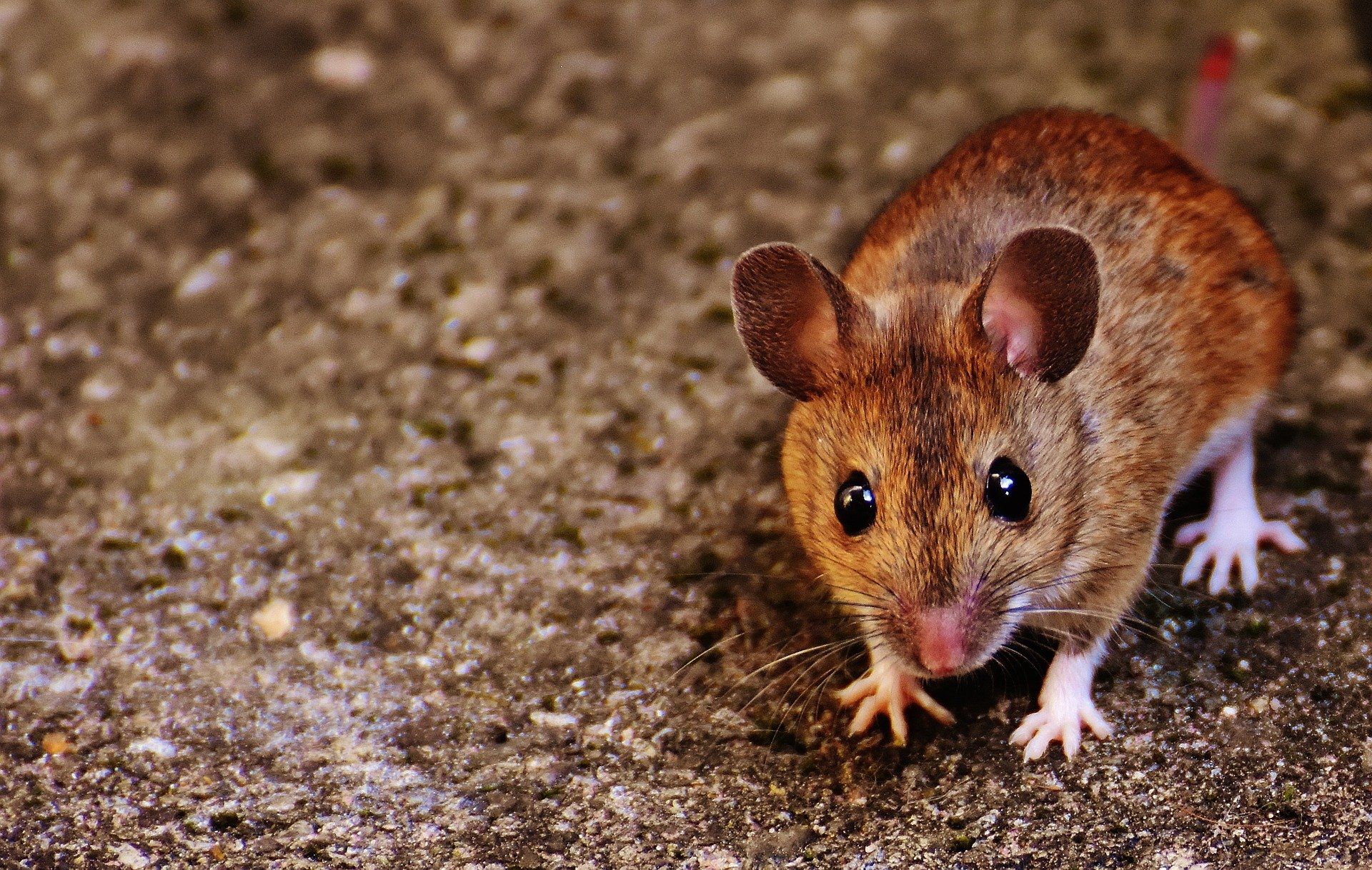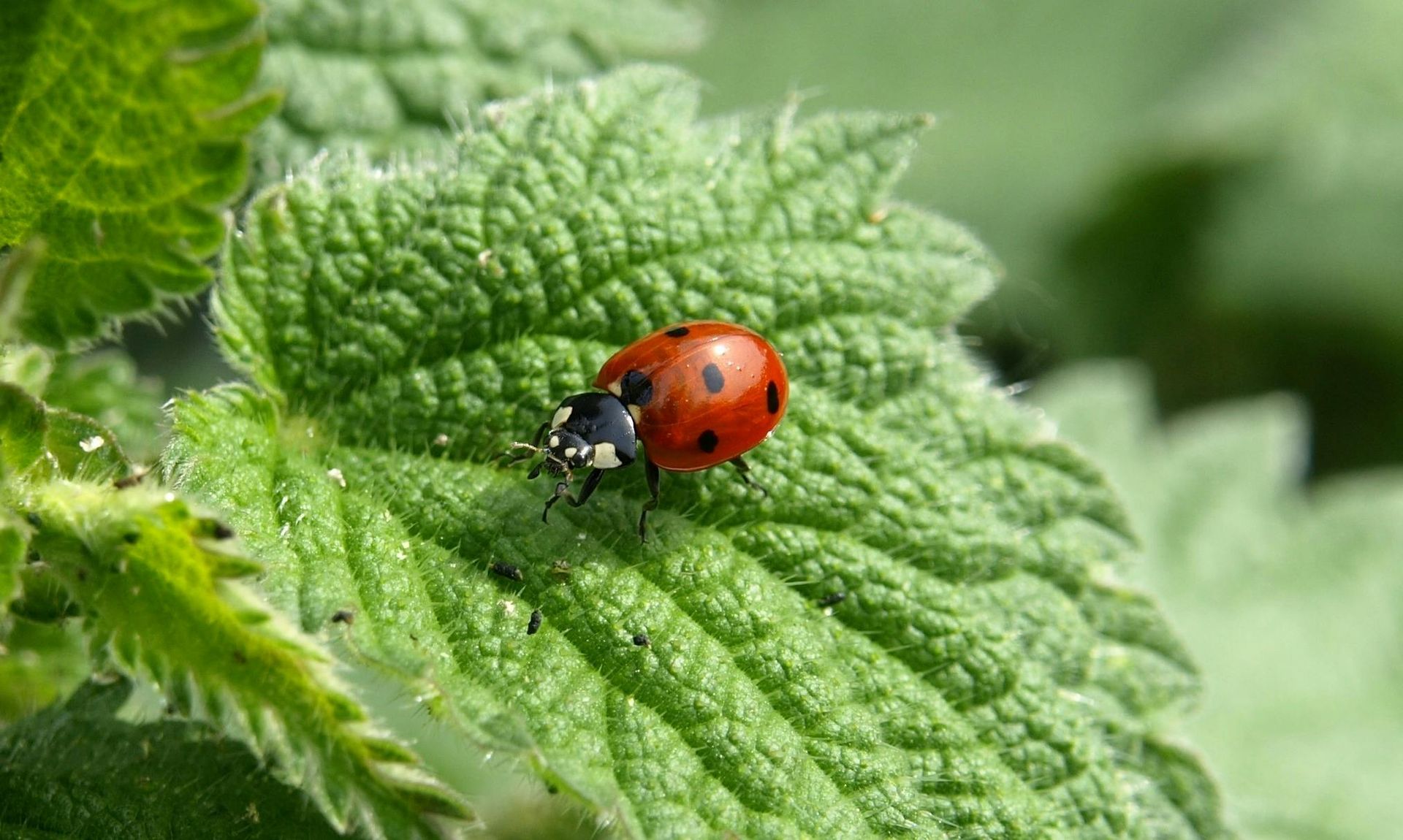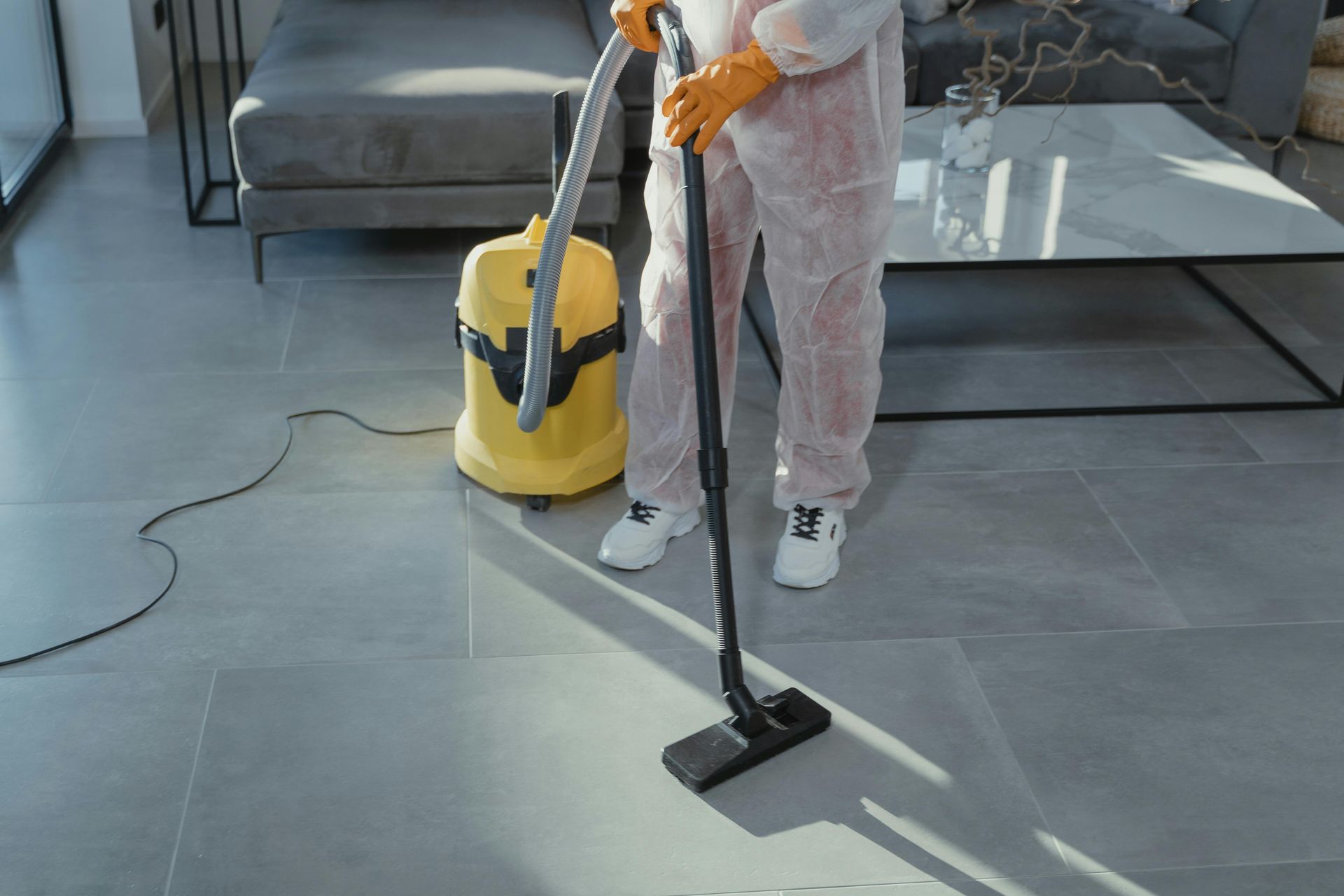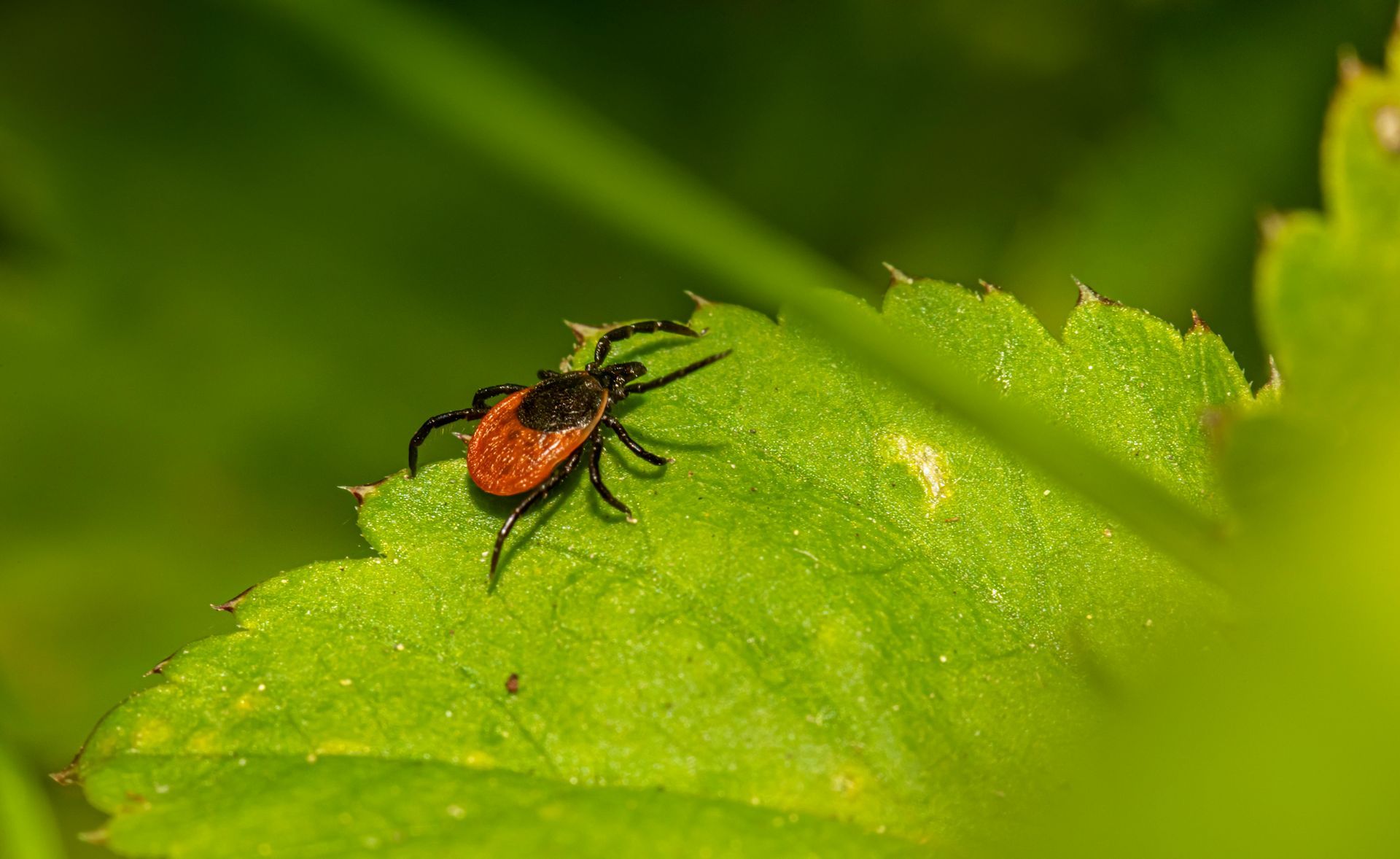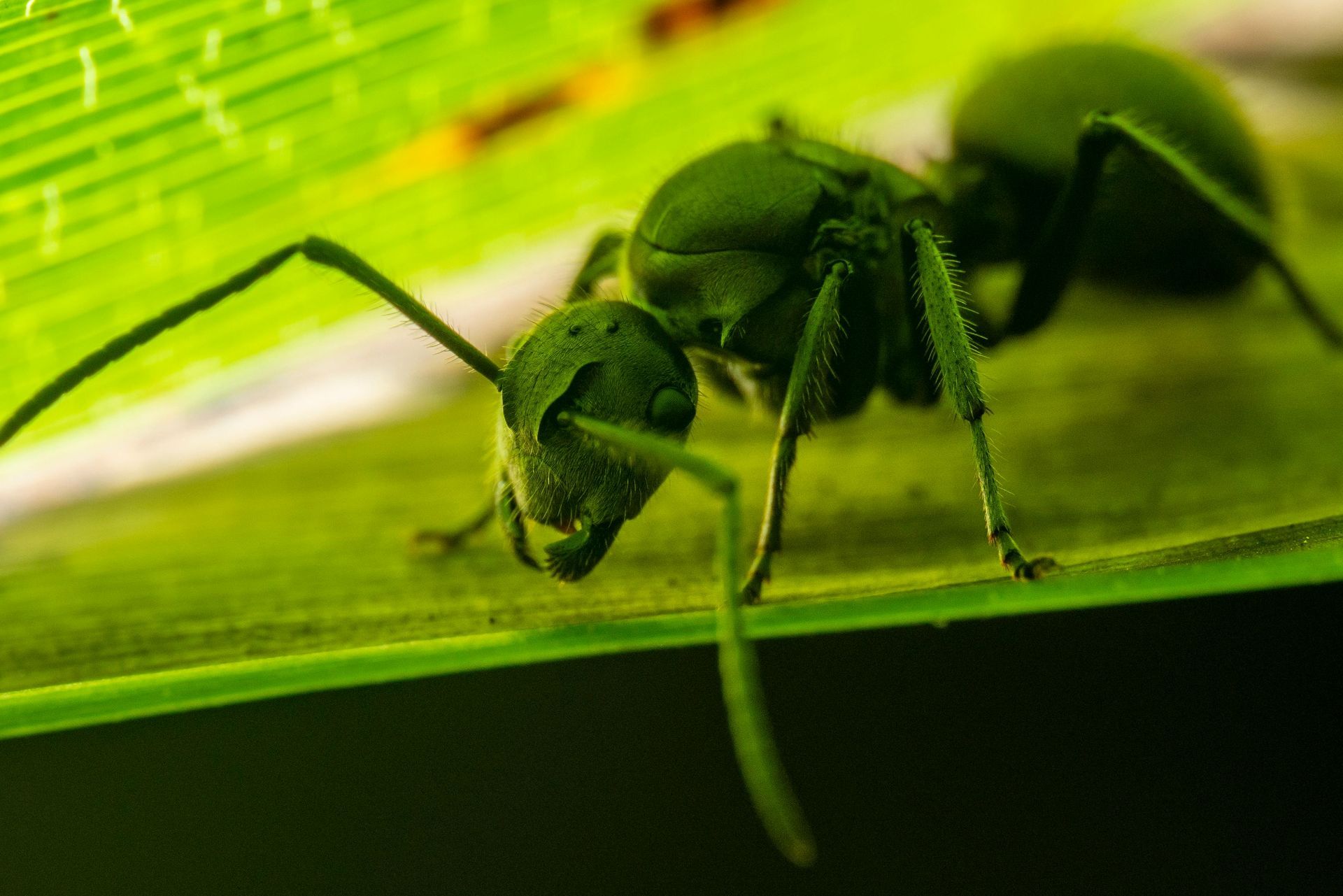The Weather Factor: How Weather Influences Pest Activity
Understanding the Impact of Climate on Pest Behavior and Effective Control Strategies

Weather is a powerful force that shapes ecosystems and influences the behavior of all living organisms, including pests. The changing seasons bring a multitude of transformations to our environment, making it easy to overlook how weather affects pest activity. As temperatures continue to rise worldwide and moisture levels and other climatic conditions shift, pests of all kinds have adjusted their behavior and habits. Understanding how weather patterns impact pest activity is crucial for effective pest management and control. Let’s delve into the complex world of weather and its influence on pest behavior.
The Role of Temperature:
Temperature plays a significant role in regulating pest activity. Many pests, including most insects, are ectothermic, meaning their body temperature fluctuates with the surrounding environment. Warmer temperatures generally increase pests' activity levels, accelerating their reproductive cycles and growth rates.
During the hot summer months, pests such as ants, cockroaches, and rodents thrive, seeking shelter and moisture to survive. Conversely, colder temperatures during winter can drive pests indoors for warmth and food, leading to potential infestations in residential and commercial spaces.
Humidity and Moisture Levels:
Humidity levels also impact pest behavior, mainly insects that rely on moisture for survival and reproduction. High-humidity environments create favorable conditions for pests like termites, silverfish, and fungus gnats to thrive. Excess moisture can lead to mold growth and water accumulation, attracting pests seeking shelter and nourishment.
Dry conditions can force pests to seek out water sources, increasing their activity levels indoors. Proper moisture control through ventilation, dehumidification, and leak repair can help deter pests and minimize their presence in homes and businesses.
Seasonal Changes and Pest Cycles:
Seasonal variations greatly influence pest cycles and behavior. Spring and summer seasons typically mark the peak activity periods for many pests, as warmer temperatures and increased daylight hours provide optimal conditions for breeding and foraging.
Fall brings cooler temperatures and shorter days, prompting pests to seek shelter and food sources indoors as they prepare for winter survival. Rodents, in particular, may invade homes and businesses in search of warmth and sustenance during the colder months.
Winter poses its own set of challenges, as pests like mice, rats, and squirrels seek refuge indoors from harsh weather conditions. Ensuring structural integrity and sealing entry points can help prevent unwanted intrusions during winter months.
Effective Pest Control Strategies:
Understanding the correlation between weather patterns and pest activity is the first step toward implementing effective pest control strategies. Proactive measures such as regular inspection, sanitation, and habitat modification can help deter pests and reduce their reliance on human environments for survival.
Critter Repellent offers a range of eco-friendly pest control solutions designed to repel pests and safeguard homes and businesses against infestations. Critter Repellent products provide long-lasting protection against various pests, from natural repellents to innovative deterrent devices, regardless of weather conditions.
Individuals can mitigate pest infestations and create inhospitable environments for unwanted intruders by staying vigilant and implementing integrated pest management practices. Together, we can maintain pest-free spaces and preserve the health and well-being of our communities.
Critter Repellent All Natural Animal Repellent Blog


